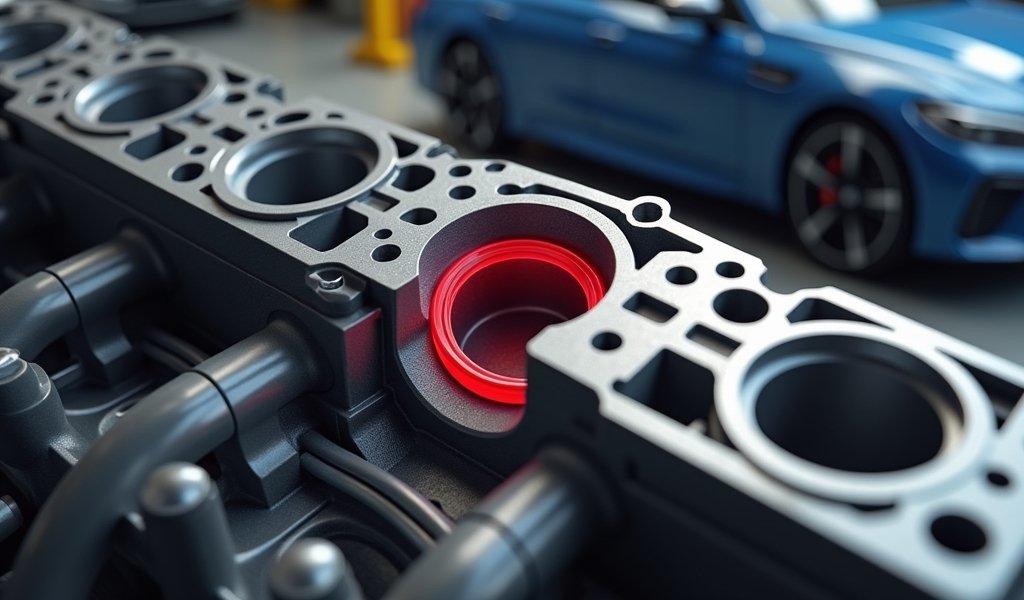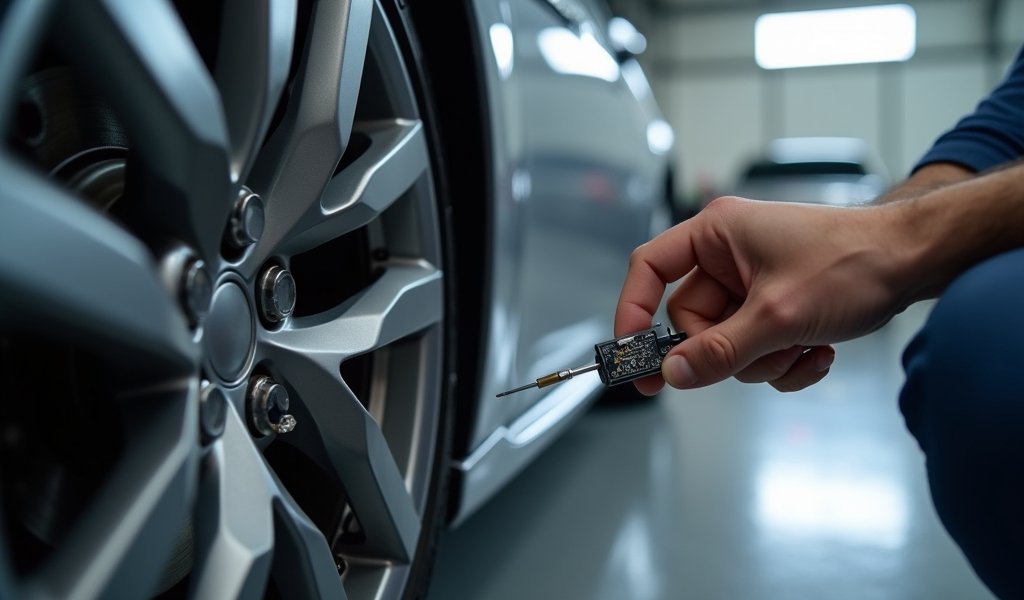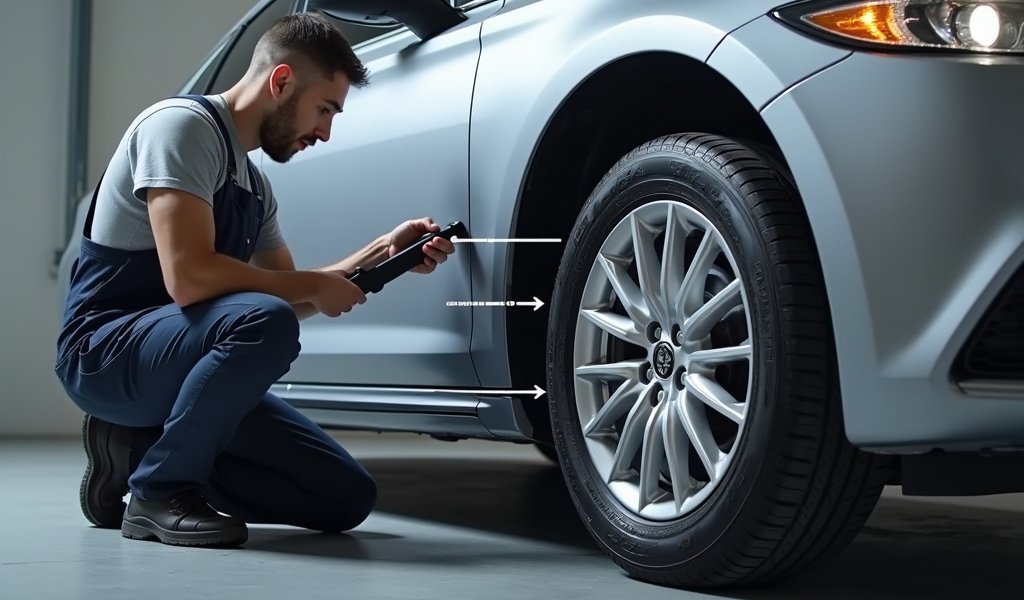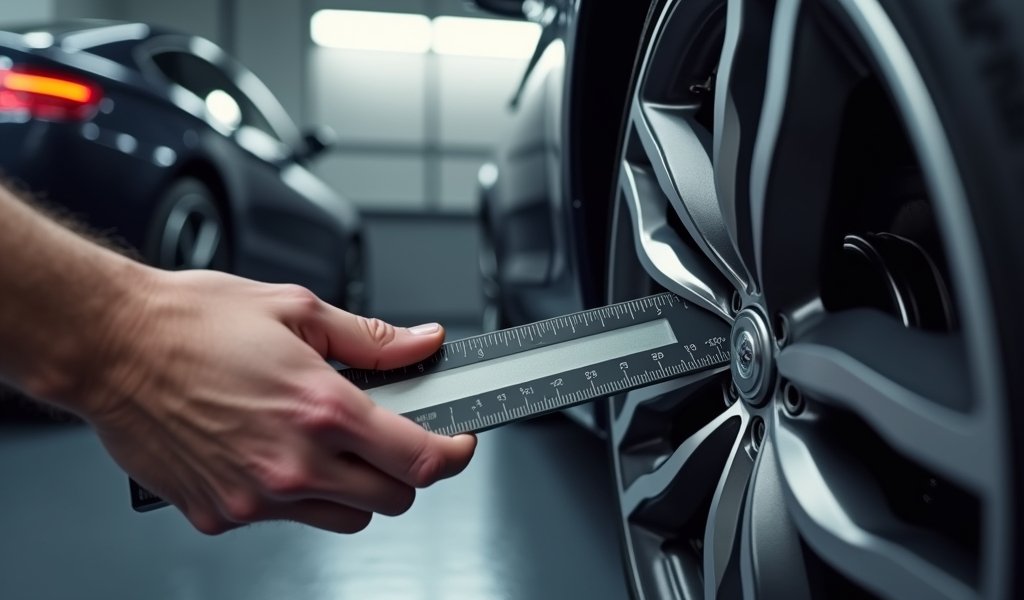Connecting Rod Bearing Clearance: 7 Tips
Overview This article provides seven essential tips for achieving optimal connecting rod bearing clearance in engine building, emphasizing how this critical measurement—typically between 0.0015″ and 0.0025″—directly impacts engine longevity and performance. Proper clearance creates the ideal oil film between components, preventing premature failure while requiring quality measuring tools, adherence to manufacturer specifications, consideration of oil […]
Connecting Rod Bearing Clearance: 7 Tips Read More »










